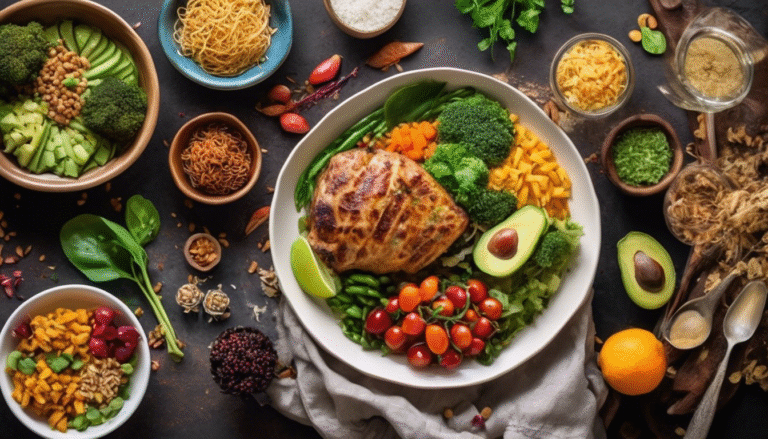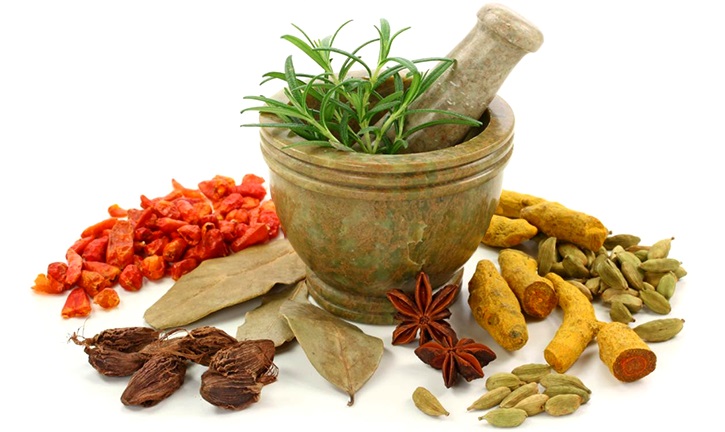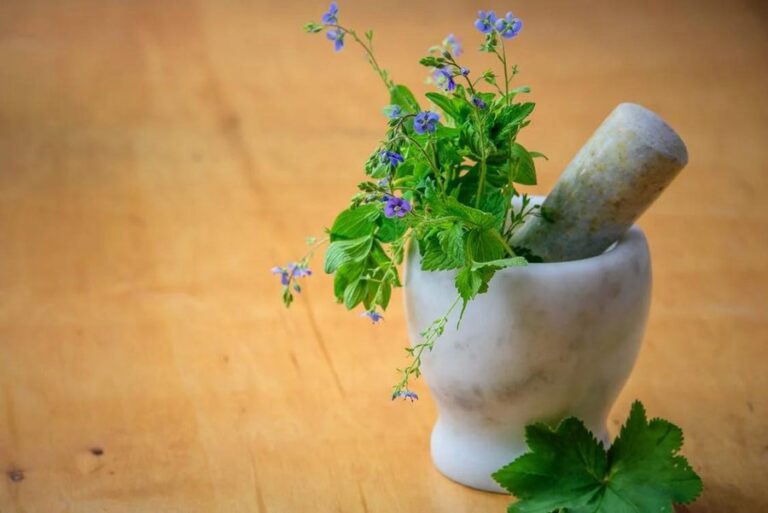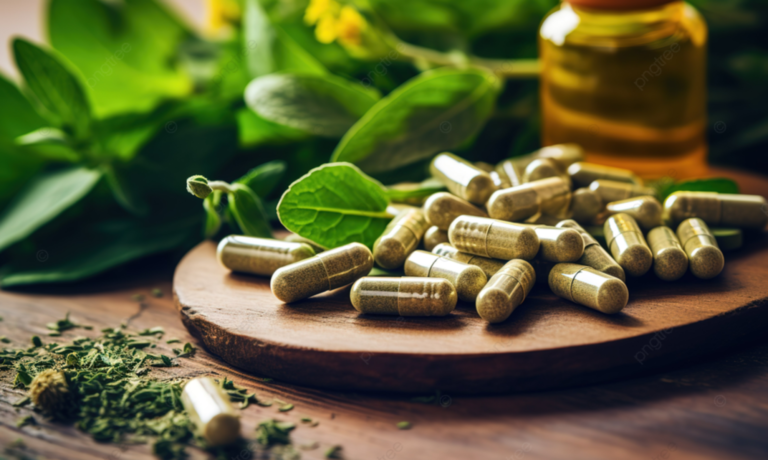Panchakarma and Detox in Siddha: Is It Safe? A Comprehensive Guide to Natural Healing

Understanding Panchakarma: An Overview of Siddha Medicine
Panchakarma, a cornerstone of Siddha medicine, represents a holistic approach to health and well-being. Originating from ancient Indian traditions, Siddha is a comprehensive medical system that emphasizes the balance of body, mind, and spirit.
At its core, Panchakarma translates to “five actions,” which are therapeutic procedures designed to detoxify and rejuvenate the body. These actions are essential for purging accumulated toxins, or “ama,” that can lead to various health issues.
The principles of Siddha medicine are deeply rooted in understanding the individual’s constitution, known as “Prakriti.” This concept highlights the unique biological and psychological makeup of each person, influencing how they respond to treatments.
Through careful assessment, practitioners tailor Panchakarma treatments to meet the specific needs of each individual, ensuring a personalized healing experience. This adaptability is one of the reasons why many people turn to Siddha medicine for natural healing.

Moreover, Siddha practitioners utilize a variety of herbs, minerals, and dietary guidelines to support the detoxification process. By integrating these elements with Panchakarma, they create a comprehensive treatment plan that not only addresses existing health concerns but also promotes overall wellness. Understanding this framework is crucial as we delve deeper into the detoxification process and safety considerations surrounding Panchakarma.
The Detoxification Process in Panchakarma
The detoxification process in Panchakarma is systematic and involves five primary actions, each serving a unique purpose in cleansing the body. These actions include Vamana (therapeutic vomiting), Virechana (purgation), Basti (enema therapy), Nasya (nasal administration), and Raktamokshana (bloodletting). Together, they work to eliminate toxins and restore balance to the body’s systems.
- Vamana: This procedure is particularly beneficial for individuals with excess Kapha dosha, which is associated with accumulation and lethargy. By inducing controlled vomiting, Vamana helps clear the respiratory and digestive tracts, providing immediate relief from congestion and promoting a sense of lightness.
- Virechana: Aimed at reducing Pitta dosha, Virechana involves a thorough cleansing of the gastrointestinal tract. This purgative therapy flushes out toxins accumulated in the liver and gallbladder, improving digestion and metabolism.
- Basti: Often referred to as the king of therapies in Panchakarma, Basti involves administering herbal oils or decoctions through the rectum. This method effectively cleanses the colon, nourishes the body, and alleviates various ailments related to Vata dosha.
- Nasya: This therapy targets the head and neck region, delivering potent herbal formulations through the nasal passages. Nasya is particularly helpful for sinus problems, headaches, and mental clarity, as it opens up the channels for improved airflow.
- Raktamokshana: This less common procedure involves the controlled removal of small quantities of blood to cleanse the body of toxins. It is particularly useful in conditions where blood impurities are a concern, such as skin disorders.
Through these comprehensive detoxification methods, Panchakarma aims to restore the body’s natural balance and enhance its ability to fight diseases. However, the effectiveness of these treatments heavily relies on the expertise of the practitioner and the individual’s willingness to engage in the process.
Safety Considerations in Panchakarma Treatments
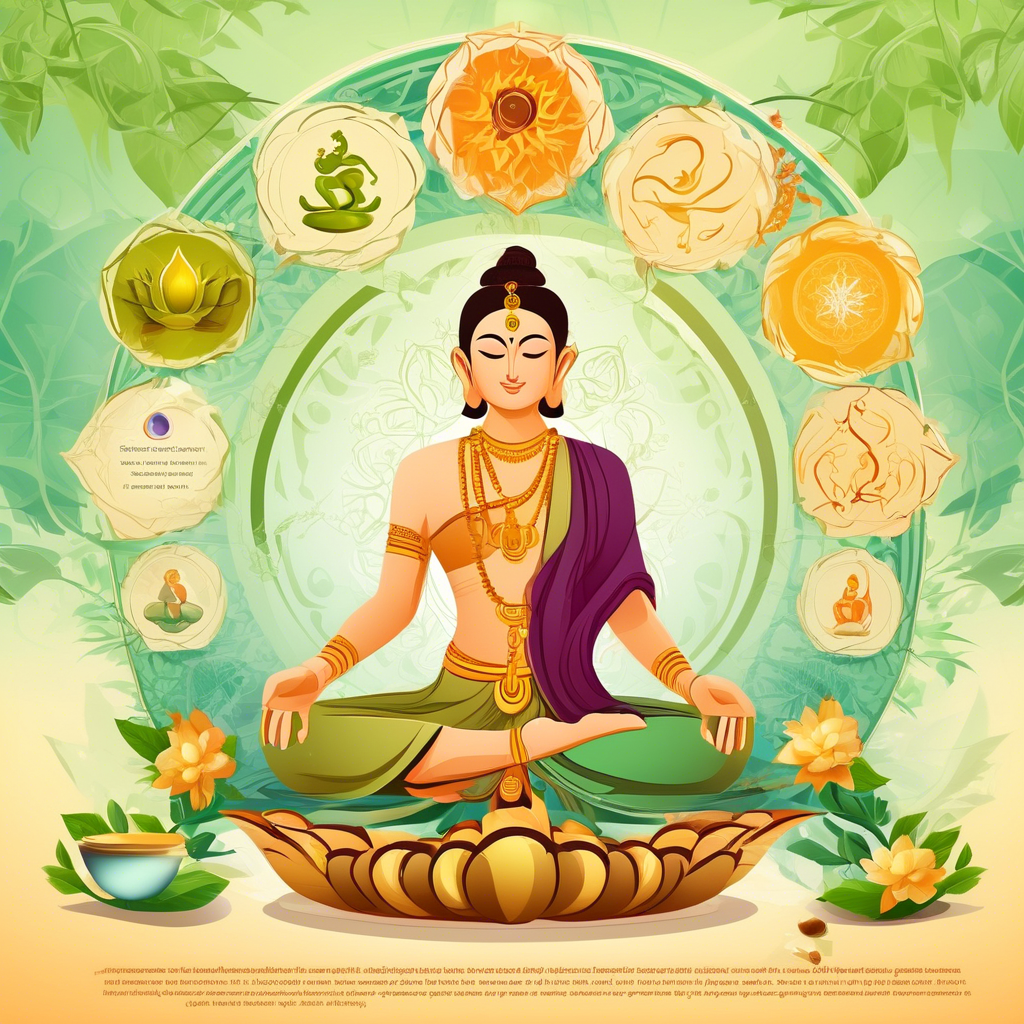
Safety is a paramount concern when engaging in any therapeutic practice, including Panchakarma. While the procedures are generally safe and beneficial, certain factors must be considered to ensure a positive experience. First and foremost, it’s essential to consult with a qualified Siddha practitioner who can assess individual health conditions and determine if Panchakarma is suitable.
Before beginning any treatment, a thorough medical history should be reviewed. Certain health conditions, such as severe heart disease, pregnancy, or active infections, may contraindicate specific Panchakarma procedures. Furthermore, individuals with a history of substance abuse or those currently taking medication should also approach these treatments with caution, as possible interactions or complications may arise.
During the detoxification process, patients may experience various reactions, ranging from mild discomfort to more intense physical responses. These reactions can include fatigue, nausea, or emotional fluctuations as the body adapts to the cleansing process. It’s vital for individuals to communicate openly with their practitioners about any concerns or symptoms they may encounter. This transparency allows for timely adjustments to the treatment plan, ensuring safety and comfort throughout the experience.
In addition to individual health assessments, the quality of the herbs and materials used during Panchakarma treatments plays a crucial role in safety. Practitioners should source their products from reputable suppliers who adhere to strict quality standards. Using contaminated or low-quality substances can lead to adverse effects, undermining the overall purpose of detoxification.
Benefits of Panchakarma for Natural Healing
Panchakarma offers a myriad of benefits that extend beyond mere detoxification. One of the most significant advantages is the enhancement of overall well-being. As the body sheds toxins and impurities, individuals often report increased energy levels, improved mental clarity, and a greater sense of vitality. This rejuvenation not only fosters physical health but also promotes emotional and psychological balance.
Additionally, Panchakarma plays a vital role in managing chronic health conditions. For individuals suffering from ailments such as arthritis, asthma, or digestive disorders, the targeted detoxification methods can provide substantial relief. By addressing the root causes of these conditions, Panchakarma promotes long-term healing rather than merely alleviating symptoms. Many patients find that regular sessions lead to improved health outcomes and a reduced need for medications.
Another notable benefit of Panchakarma is its ability to strengthen the immune system. The detoxification process helps eliminate harmful substances that can compromise immune function, allowing the body to better fight off infections and diseases. As a result, individuals may notice fewer illnesses and an enhanced ability to recover from ailments.
Lastly, Panchakarma serves as a preventive measure. By regularly engaging in detoxification, individuals can maintain balance within their bodies, thus reducing the likelihood of chronic diseases in the future. This proactive approach to health aligns perfectly with the holistic philosophy of Siddha medicine, emphasizing the importance of maintaining harmony between the body, mind, and spirit.
Who Should Consider Panchakarma?
While many people can benefit from Panchakarma, certain individuals may find it particularly advantageous. Those experiencing chronic stress, fatigue, or burnout may discover that the detoxification process revitalizes their bodies and minds. In our fast-paced world, where stress often takes a toll on health, Panchakarma offers a much-needed respite and a chance to reconnect with oneself.
Individuals with specific health concerns, such as digestive issues, skin disorders, or autoimmune diseases, should also consider Panchakarma. The treatment’s tailored approach allows practitioners to address these conditions holistically, promoting healing from the inside out. Many patients report significant improvements in their symptoms and overall quality of life following a series of Panchakarma treatments.
Moreover, individuals seeking preventive healthcare and those interested in maintaining a healthy lifestyle can benefit from regular Panchakarma sessions. By incorporating detoxification into their wellness routines, they can support their bodies in functioning optimally. This proactive approach can lead to long-lasting health benefits, including improved energy levels, enhanced immunity, and better emotional resilience.
However, it’s essential to recognize that Panchakarma is not suitable for everyone. Pregnant women, individuals with severe health issues, or those undergoing specific medical treatments should consult their healthcare providers before considering these therapies. A personalized approach ensures that each person’s unique needs and health conditions are taken into account.
Common Panchakarma Procedures and Their Effects
Panchakarma encompasses a range of procedures, each designed to target specific doshic imbalances and health concerns. Some of the most common treatments include:
| Procedure | Description | Effects |
|---|---|---|
| Abhyanga | A full-body oil massage using herbal oils | Promotes relaxation, enhances circulation, and detoxifies |
| Swedana | Herbal steam therapy to open pores and eliminate toxins | Reduces stiffness, improves skin health, and relaxes muscles |
| Shirodhara | Pouring warm oil on the forehead to calm the mind | Reduces anxiety, improves sleep, and enhances mental clarity |
| Kati Basti | Application of warm oil to the lower back | Relieves lower back pain, improves flexibility, and heals tissues |
| Nasya | Herbal oils administered through the nasal passages | Clears sinuses, improves respiratory function, and enhances mental clarity |
Each procedure plays a vital role in the overall detoxification process. For instance, Abhyanga helps to lubricate the body and prepare it for deeper cleansing, while Swedana aids in opening the channels for toxin elimination. Shirodhara, on the other hand, focuses on mental well-being, ensuring that the mind is as rejuvenated as the body.
The synergistic effects of these treatments often lead to a comprehensive sense of well-being. Patients frequently report not only physical improvements but also enhanced emotional stability and clarity. This holistic approach is what sets Panchakarma apart from conventional detox methods, making it an appealing option for those seeking natural healing.
What to Expect During a Panchakarma Treatment
Embarking on a Panchakarma journey can be a transformative experience, and understanding what to expect can help alleviate any apprehensions. From the initial consultation to the final treatment, the process is designed to be thorough and supportive.
The first step involves a comprehensive consultation with a Siddha practitioner. This assessment includes discussing your medical history, current health concerns, and lifestyle habits. Based on this information, the practitioner will create a personalized treatment plan tailored to your needs. This initial phase is crucial, as it sets the foundation for the entire detoxification journey.
Once the treatment plan is established, you will typically engage in a series of sessions over several days. Each day may include various procedures, starting with preparatory treatments such as Abhyanga and Swedana. These sessions help to loosen toxins and prepare the body for deeper cleansing. Following the preparatory treatments, the main Panchakarma procedures will be conducted, such as Vamana or Virechana, depending on your specific needs.
During treatment, it’s common to experience a range of sensations, from deep relaxation to mild discomfort. These reactions are part of the body’s natural detoxification process. Being open to these experiences and communicating with your practitioner will ensure that adjustments can be made for your comfort. After each session, it’s essential to rest and hydrate adequately, allowing your body ample time to absorb the benefits of the treatments.
Myths and Misconceptions about Panchakarma and Detox
Despite the increasing popularity of Panchakarma and detoxification, several myths and misconceptions persist, often creating confusion and skepticism around these practices. One common myth is that detoxification is only necessary for individuals with health issues. In reality, everyone can benefit from periodic cleansing, as it helps to maintain balance and prevent the accumulation of toxins over time.
Another misconception is that Panchakarma is a one-size-fits-all approach. In truth, the effectiveness of these treatments relies on personalized assessments and tailored protocols. Each individual’s constitution and health conditions must be taken into account to ensure that the chosen procedures are beneficial and safe.
Lastly, some people believe that detoxification will lead to immediate weight loss or drastic physical changes. While it’s true that Panchakarma can promote weight management, the primary focus is on holistic healing and balance. Aiming for superficial results can undermine the deeper benefits of the process, including improved mental clarity, emotional stability, and overall well-being.
Being informed and understanding the true nature of Panchakarma can help individuals make educated decisions about their health. Engaging with qualified practitioners and seeking authentic information will ensure a positive and transformative experience.
Testimonials and Case Studies: Real Experiences with Panchakarma
Hearing real-life experiences can provide valuable insights into the effectiveness of Panchakarma. Many individuals have shared transformative journeys that highlight the profound impact of these treatments on their health and well-being.
For instance, one patient suffering from chronic fatigue and stress reported that after completing a series of Panchakarma sessions, she felt rejuvenated and more energized than ever before. She described the process as a “reset” for her body and mind, allowing her to regain focus and motivation in her daily life. This kind of testimonial illustrates the holistic benefits of Panchakarma, emphasizing both physical and emotional healing.
Another case involved a man with digestive issues who had tried various conventional treatments without success. After undergoing specialized therapies, including Virechana and Basti, he experienced significant improvements in his digestion and overall health. His story highlights how personalized Panchakarma treatments can target specific health concerns effectively, providing relief where other methods have failed.
These testimonials serve as powerful reminders of the potential of Panchakarma to facilitate healing and transformation. Whether addressing chronic conditions or simply seeking to enhance overall well-being, the experiences of others can inspire individuals to explore the possibilities of natural healing through Siddha medicine.
Conclusion: Is Panchakarma Safe for You?
In conclusion, the safety and efficacy of Panchakarma largely depend on individual health conditions, practitioner expertise, and adherence to guidelines. This ancient detoxification process offers a holistic approach to health, addressing both physical and emotional well-being. As with any medical treatment, it is crucial to consult with a qualified Siddha practitioner to determine if Panchakarma is appropriate for you.
By understanding the principles of Siddha medicine, the detoxification process, and the various procedures involved, you can make informed decisions about your health journey. Embracing the potential benefits of Panchakarma can lead to profound transformations, enhancing your quality of life and promoting long-term wellness.
If you’re considering embarking on this path, I encourage you to reach out and explore your options.
